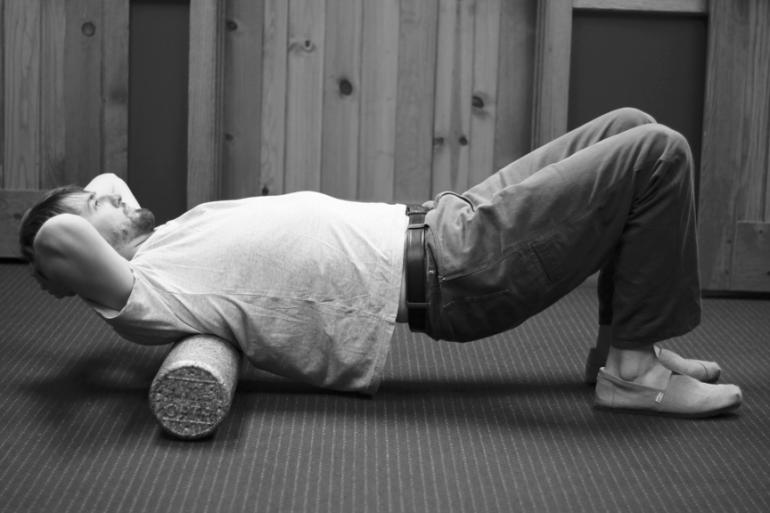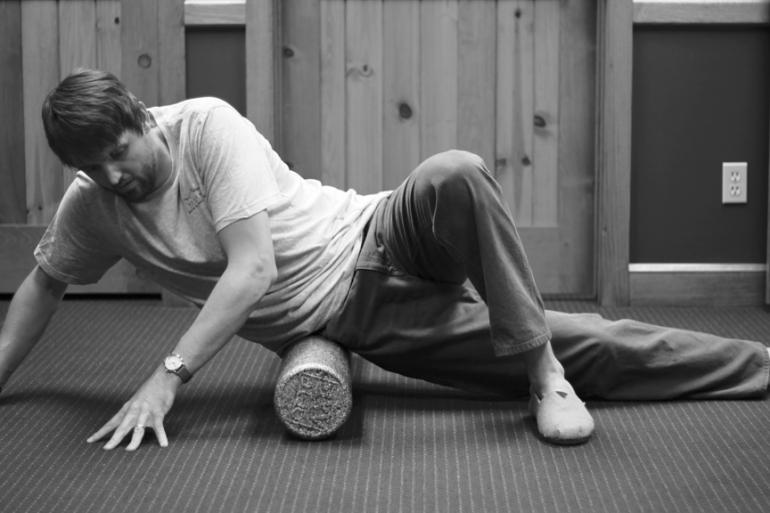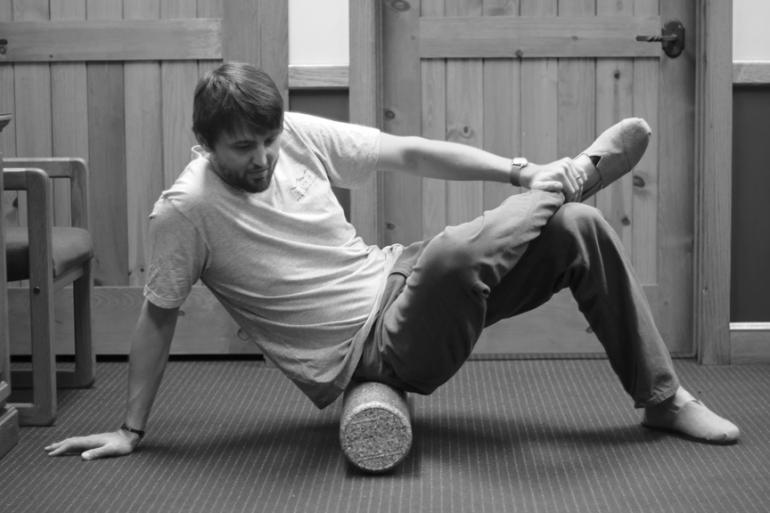Roll Over
I’ll be honest—the first time I saw a three-foot foam roller, I didn’t get it. What was this big white tube all about? Ten years later, I believe they are one of the best physical health multitasking tools you can own. (My apologies to Chuck Norris and the Ultimate Gym.)
In the last decade, we’ve witnessed a major shift toward injury prevention through hands-on techniques like massage, as well as chiropractic and physical therapy. To understand the benefits of using foam rollers for self-massage, we need to look at the benefits of massage in general: regular treatments can increase flexibility, decrease muscle tension, eliminate pain, improve performance, and help prevent injury to muscle fibers.
Knots in muscle tissue, also called trigger points, can refer pain to other areas. For example, a trigger point in the gluteus medius muscle (outer hip) of an avid runner or hiker may send pain down into the shin. Trigger points also limit range of motion, inhibit muscle strength, and cause early muscle fatigue.
Using your foam roller, you can treat trigger points by applying pressure directly onto the tight muscle. Consistent treatments can help eliminate pain and help restore normal muscle function. Remember: increased muscle function equals improved performance and injury prevention. To maximize the benefits of your foam roller, use it daily. And make sure you roll only on soft tissue; don’t roll over joints, ligaments, or bony areas.
Start by placing your body on the foam roller. Slowly and gently roll up and down on the muscle you want to massage. If you find a knot or tight band, hold that spot and try to feel the tissue release and soften under the pressure. As you hold, breathe deeply and try to keep your body relaxed.
Certain areas may become bruised or sore with aggressive treatment. If that happens, don’t roll again until the bruises have cleared, and begin again with less pressure. It’s always safer and easier to start light and increase pressure later on.
Dr. Carson Durr works at the Bozeman Back and Neck Clinic (backandneckclinics.com).











